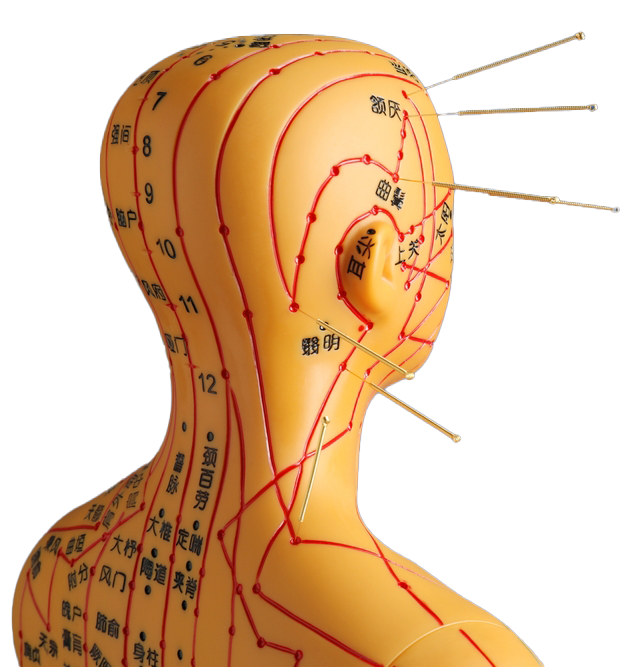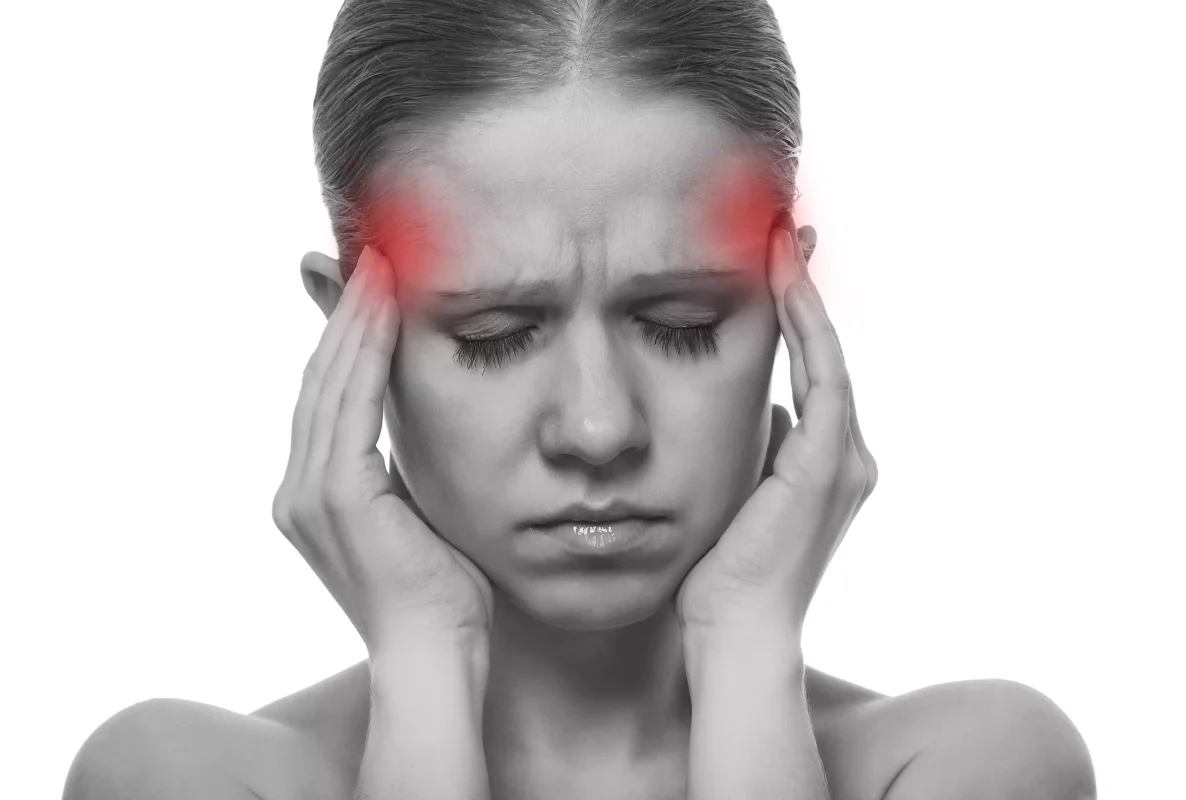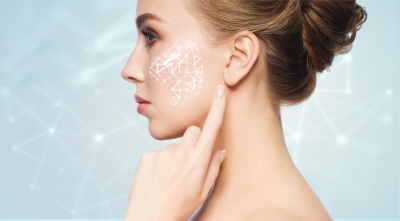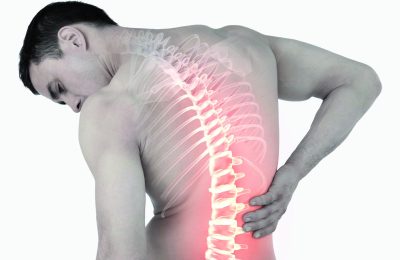- Facet joint Radiofrequency Thermocoagulation (RFT) Treatment
- Radiofrequency Thermocoagulation Dorsal root ganglion (DRG) radiofrequency thermocoagulation (RFT)
- Discitis Procedure
- Sacroiliac Joint Radiofrequency Treatment (Simplicity)
- In-Disc Ozone Therapy
- Nucleoplasty
- Transforaminal Injection (Pinpoint)
- Facet joint block
- Epidural Injection
Head and facial pains
- Home
- Head and facial pains
Contents
Toggle- Creating an individualised treatment plan
- The role of different specialities (physiotherapist, orthopaedist, psychologist, neurosurgeon)
- Pain treatment during pregnancy
- Treatment of chronic pain in the elderly
- Pain management in children
- Stress management
- Healthy eating
- Ergonomic living arrangements
- Exercise and mobility
- Facet joint Radiofrequency Thermocoagulation (RFT) Treatment
- Radiofrequency Thermocoagulation Dorsal root ganglion (DRG) radiofrequency thermocoagulation (RFT)
- Discitis Procedure
- Sacroiliac Joint Radiofrequency Treatment (Simplicity)
- In-Disc Ozone Therapy
- Nucleoplasty
- Transforaminal Injection (Pinpoint)
- Facet joint block
- Epidural Injection
- Cancer pain
- Permanent Epidural / Spinal Port Application
- Vascular Port (Permanent Vascular Access)
- Trigeminal Nerve RFT
- Blockade of Ganglion Stellatum
- Lumbar Sympathetic Ablation
- Facet joint Radiofrequency Thermocoagulation (RFT) Treatment
- Radiofrequency Thermocoagulation Dorsal root ganglion (DRG) radiofrequency thermocoagulation (RFT)
- Hernia Burning (IDET)
- Discitis Procedure
- Sacroiliac Joint Radiofrequency Treatment (Simplicity)
- Permanent Epidural / Spinal Port - Pump System
- In-Disc Ozone Therapy
- Nucleoplasty
- Peripheral Nerve Block
- Transforaminal Injection (Pinpoint)
- Facet joint block
- Epidural Injection
- Intra-articular Fluid Treatment
- Dorsal root ganglion (DRG) radiofrequency thermocoagulation (RFT)
- Spinal cord stimulation (pain pacemaker)
- Ergonomic living arrangements
- Spinal cord stimulation (pain pacemaker)
- Nucleoplasty
- Radiofrequency ablation
- Herbal solutions
- Dry needle treatment
- Anti-ageing treatments
- Ozone therapy
- Cupping therapy - Cupping
- Mesotherapy
- Prolotherapy
- Acupuncture
- Stem Cell Therapy
- Nerve blockages
- Corticosteroid injections
- Massage and relaxation techniques
- Manual therapy
- Electrotherapy
- Neuropathic pain medications
- Anti-inflammatory drugs
- Muscle relaxants
- Painkillers (paracetamol, ibuprofen, etc.)
Head and facial pain is one of the most common health problems in the society. There are many types of headaches such as migraine, cluster headache, tension-type headache, headache due to drug abuse, trigeminal neuralgia. In addition, head and facial pain may also occur due to serious and life-threatening conditions such as cerebral haemorrhage, brain tumours, cerebral abscess.
Since not all headaches are based on the same mechanism or cause, correct diagnosis and treatment approaches are important. In headaches that persist for a long time, recur frequently or significantly affect daily life, it is essential that the patient and the physician work together to control the pain. Especially in headaches that occur during pregnancy and breastfeeding, the choice of medication is of great importance; because a treatment plan should be made to protect the health of both the mother and the baby.
Many people in the society usually consider headaches as insignificant and avoid going to the doctor. However, headaches can range from an innocent tension-type headache to a symptom of a serious brain disease. Since cerebrovascular diseases (e.g. aneurysm), brain tumours, brain infections and other serious conditions can also be manifested by headache, it is absolutely necessary to take especially severe, different characteristic or prolonged headaches seriously.
What is Migraine?
Migraineis a disease characterised by paroxysmal (sudden onset and termination) headaches that come in attacks, often severe and interfering with the daily activities of the person. It is generally more common in women. Although the pain is mostly located on one side of the head, it can also be felt bilaterally. Migraine pain is often accompanied by a throbbing character and may spread to the nape of the neck.
- Duration: Migraine attacks can last from a few hours to several days.
- Accompanying Symptoms: Nausea, vomiting, hypersensitivity to light and sound.
- Trigger Factors: Environmental factors such as stress, hormonal changes (especially during menstruation in women), hunger, lack of sleep, heavy caffeine consumption or bright light.
- Migraine in Children: At a young age, migraine attacks may also occur as abdominal pain, recurrent vomiting, dizziness or arm and leg pain.
- Physical Activity Relationship: Physical activity during a migraine attack often exacerbates the pain. For this reason, the patient needs to rest in a quiet, dim and, if possible, dark environment.
What is Tension Type Headache?
Tension-type headacheis the most common type of headache in the population. It causes mild or moderate pain compared to migraine and most patients can usually continue their daily work.
- Character of Pain: It is usually described as a feeling of "pressure", "compression" or "heaviness", usually bilateral and involving the neck.
- Duration and Timing: It is common to start in the second half of the day or towards evening. In some cases, it may turn into a chronic picture lasting for weeks.
- Triggers Stress and emotional tension are among the most important causes. Working at a desk for a long time, looking at a computer screen or incorrect posture (posture) can also be a trigger.
- Frequency of Occurrence: It is more common in women than in men and usually occurs between the ages of 20-40.
What is Cluster Type Headache?
Cluster headacheis one of the relatively less common but most severe types of headache. The pain is usually concentrated around the eyes and has a short-term but very compressive, burning character.
- Associated Symptoms: Eye redness, tearing, runny nose, sweating of the forehead and face, swelling or drooping of the eyelid (ptosis).
- Feature of Attacks: It can be very severe and wake you up at night. It usually recurs in intense attacks called "clusters" at certain periods (e.g. certain months of the year).
- Gender and Age: It is more common in men than in women and usually starts between the ages of 20-40.
What is Trigeminal Neuralgia?
Trigeminal neuralgiais a condition characterised by short-term but very severe attacks of lightning-like pain on one side of the face. The pain usually occurs in the areas where the trigeminal nerve is distributed, such as the cheek, chin and around the eyes.
- Trigger Factors: Everyday activities such as eating, brushing teeth, talking, shaving or washing the face can trigger attacks.
- More Frequent in Who?: It is slightly more common in older people and women than in men.
- Pain Duration: It may occur as very short (a few seconds) but recurrent attacks. In some patients, more than one attack may occur during the day and severely impair quality of life.
Frequently Asked Questions About Head and Facial Pain
- When can a headache be dangerous?
- If the sudden onset of pain, which you can describe as "the worst headache of my life" and which is more severe than you have ever experienced before, is accompanied by symptoms such as high fever, stiffness in the nape of the neck, neurological findings (speech impairment, arm-leg weakness, change in consciousness), medical help should be sought urgently.
- How should headache medication be used during pregnancy and breastfeeding?
- The choice of medication during this period should be made under the supervision of a doctor. Many medicines used for migraine or other types of headaches can harm the baby during pregnancy or breastfeeding. Following your doctor's recommendations is the safest approach.
- What are the common causes that trigger migraine?
- Bright or flickering lights, loud noise, stress, hunger, insomnia, hormonal changes (especially during menstruation), certain foods (chocolate, cheese, wine) and heavy caffeine consumption can trigger migraine attacks.
- Can I relieve a headache without medication?
- For migraine or tension-type headaches, methods such as resting in a dark and quiet environment, relaxation exercises, light massage or a warm shower can sometimes be helpful. However, these methods are not always a definitive solution and a physician should be consulted.
- How can I distinguish cluster headache from migraine?
- Cluster headache usually causes extremely severe pain around the eyes and is characterised by short, frequent attacks. Migraine, on the other hand, is a throbbing pain that lasts longer and is often accompanied by symptoms such as nausea, light and sound sensitivity.
- Are there surgical methods for trigeminal neuralgia?
- Interventional methods such as surgery or radiofrequency ablation may be considered in cases of trigeminal neuralgia that do not respond to drug treatment and significantly reduce quality of life. The decision should be made by a neurosurgeon.
- My headache is always on the same side, is this normal?
- In some diseases such as migraine or trigeminal neuralgia, the pain may be unilateral. However, if the pain is always present in the same area and recurs frequently, it may also indicate an underlying structural problem. It is therefore important to consult a neurologist.
- Is it helpful to keep my headache diary?
- Yes, especially for patients with migraine and tension-type headache, recording information such as when the pain started, how long it lasted, its severity, what they ate and drank beforehand, and their stress levels can make it easier for the doctor to diagnose and organise the treatment.
Important Reminder
The information provided here is for general information purposes only. If your headache or facial pain persists for a long time, is severe or interferes with your daily quality of life, you should consult a neurological specialist. Especially in cases accompanied by unusual symptoms (fever, confusion, sudden and very severe headache, etc.), it is of great importance to seek emergency medical help.
Our treatments
- Home
- Head and facial pains





